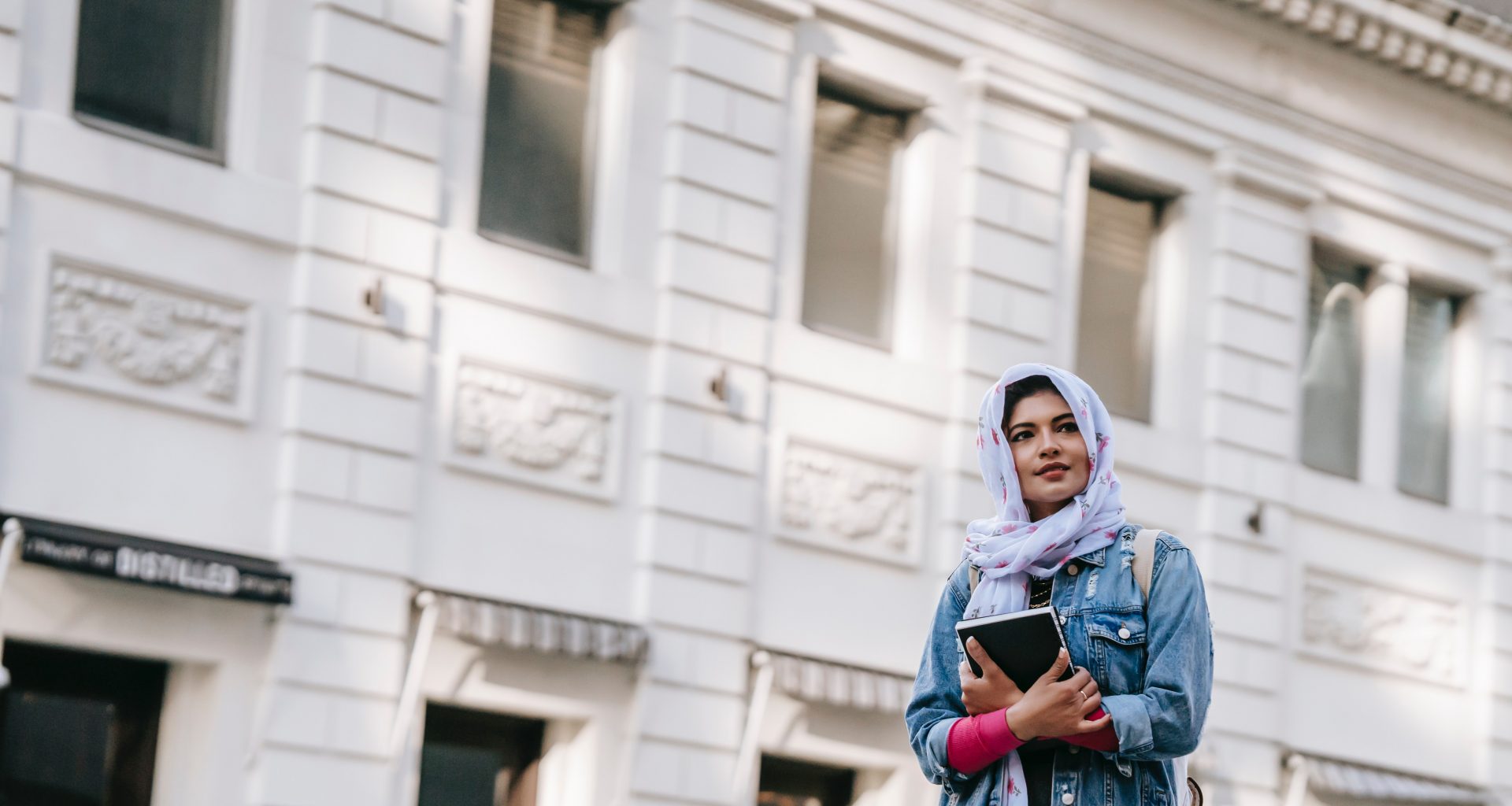
Modesty: A Fashion Paradox
Modest fashion is in Vogue, and especially relevant in the Middle East. But when modest wear brands become a dime a dozen, designers need to amp up their branding, marketing and overall business approaches in order to stay afloat among all of the competition.
Hafsa Lodi, author of MODESTY: A FASHION PARADOX, explains below the key considerations for how modest fashion brands can perform to their best potential.
About Hafsa Lodi
Hafsa Lodi is the author of recently launched nonfiction book, Modesty: A Fashion Paradox, which uncovers the causes, controversies and key players of the global modest fashion movement. She lives in Dubai and works as a freelance fashion and lifestyle journalist, writing for titles such as The National, Mojeh, Cosmopolitan Middle East, Grazia Middle East and more.

A decade ago, the words “modest” and “fashion” were hardly paired together. “Modesty” was not seen as a particularly positive descriptor in the realm of fashion, and instead conjured up images of frumpy, unstylish women who perhaps dressed in conservative, cult-like apparel. Now, in 2020, we’ve moved well beyond these reductive stereotypes. Modesty is in, and brands that specialize in this niche are flourishing. However, increased focus on this market, its trend appeal, and overall “hype” have led to an influx of new brands in a now-saturated market – particularly in the Gulf. Competition is fierce, and it’s tough to stay afloat as an up-and-coming modest wear label in a region where modesty is the norm, and there is an abundance of choices in fashion – from the souks and shopping malls to the offerings of fellow regional labels.
Modest wear itself is no longer enough of a niche to survive in. Within this wider retail realm, brands need to identify a particular demand and hone in on it. Modest activewear, swimwear, bridal wear, or evening wear, for instance, are possible sub-categories within modest wear, along with culturally-inspired kaftans, glamorous turban headwear, or hijab-friendly accessories – even as simple as headscarf pins.
For modest wear designers motivated by deeper ideals like faith, it’s also key to work towards embracing other faith-rooted, ethical considerations such as sustainability and inclusivity. Fashion consumers across the globe are demanding more environmentally-friendly clothing, from the textiles used to the methods used in manufacturing, with of course, fair, humanitarian work environments. Inclusivity is also of the utmost importance in today’s retail landscape: the models a designer recruit should represent a wide range of demographics – not just Caucasian, or white-passing, light-skinned Arab women who are size zero and seemingly flawless. Female consumers relate better to brands that showcase their designs on “real women” and the modest fashion market is no exception.
"Modest wear itself is no longer of a niche to survive in."
Accessibility is another area where designers must excel in to truly thrive – being an “Instagram” brand wherein the only mode of communication is through direct messaging, is not sufficient in catering to digital-savvy millennial shoppers who seek instant gratification. Establishing e-commerce websites, with quality content, mainstream methods of payment, and speedy delivery services are of the utmost importance when crafting a business plan for any fashion label.
And last, but not least – Instagram. It’s impossible to discuss fashion brand marketing without including this both loved and hated social media app, which, when used effectively, can drive traffic and sales. Particularly with modest fashion, target market usage of Instagram is extraordinarily high – partly because this app helped propel the concept of stylish modest wear into the mainstream, thanks to the help of modest fashion bloggers around the world who inspire their followers with their fashion-forward, skin-covering outfits.
Beautiful imagery worthy of reposts, thoughtful captioning, and brand messaging and consistent engagement with followers are the ingredients to a successful Instagram marketing approach. And finally, while it’s certainly crucial to develop a targeted niche, it’s equally important to show the versatility of your designs, especially when it comes to modest fashion, which has so many diverse levels and interpretations. Creative and out-of-the-box styling – such as showcasing a silk hijab that can be tied as a glamorous, classic headscarf, as an edgy durag, or layered over a white blouse and tied like a corset will help your modest wear brand go viral.



